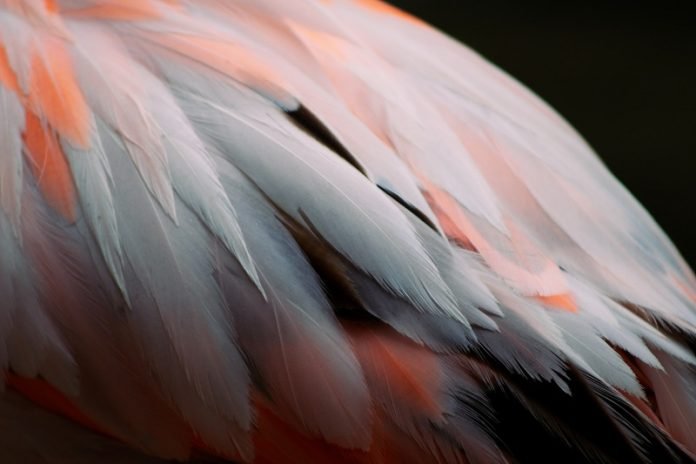
ETH Zurich researchers have made a remarkable leap in material science by mimicking the unique structure of the eastern bluebird’s feathers.
Unlike most birds whose colors come from pigments, the bluebird’s distinct blue hue arises from the nanostructure of its feathers.
This intriguing natural phenomenon inspired the researchers to create a similar material in the laboratory, opening doors to potential applications in various fields like battery technology and water filtration.
The bluebird’s feathers, when observed under a microscope, reveal a network of tiny channels, each just a few hundred nanometers in diameter.
This intricate structure is what gives the feathers their captivating blue color.
Fascinated by this natural design, the research team at ETH Zurich, led by former professor Eric Dufresne, set out to replicate this in a synthetic material.
To achieve this, the researchers used a transparent silicone rubber that can be stretched and deformed.
They immersed this rubber in an oily solution and heated it in an oven at 60 degrees Celsius for several days, allowing it to swell.
After cooling and removing the rubber from the solution, they observed under a microscope that the rubber had developed a nanostructure very similar to that of the bluebird’s feathers.
The only major difference was the size of the channels formed: the bird’s feather channels are about 200 nanometers wide, while those in the synthetic material measured around 800 nanometers.
The secret behind this fascinating transformation is a process called phase separation, which can be likened to mixing oil and vinegar in a salad dressing.
Typically, these two liquids separate after mixing, but they can be combined through heating and then cooled to separate again.
This principle was applied to mix the silicone rubber and oily solution, resulting in the formation of a microscopic network of channels within the rubber.
The lead author of the study, Carla Fernández Rico, explained that they were able to control the conditions to form these channels during the phase separation process.
They stopped the procedure before the two phases could fully merge again, successfully creating a channel-like structure akin to that of the bird’s feathers.
One of the most exciting aspects of this new material is its scalability. It can be produced in several centimeters in size, with the possibility of creating even larger pieces, provided there are suitably sized containers and ovens.
This innovative method of material processing has garnered significant interest in the physics community. With its simple two-ingredient system yet complex final structure, it has become a subject of interest for theoretical groups looking to apply physical models to understand and predict the outcomes of this new process.
The potential applications of this material are vast and promising, especially in technical and sustainable fields. For instance, in battery technology, this material could be used to create solid electrolytes with interconnected channel structures.
This design would prevent physical contact between battery electrodes while maintaining efficient ion transport, potentially extending battery life and reducing failure rates.
Another application could be in water filtration. The large surface area and efficient transport properties of the channel-like structures make them ideal for removing contaminants like bacteria or other particles from water.
Despite these exciting possibilities, the material is still not market-ready. While the rubbery component is inexpensive and readily available, the oily phase used in the process is quite costly. A more affordable material pairing is needed for practical applications.
Looking forward, Fernández Rico aims to focus her research on sustainability. She is interested in exploring natural polymers like cellulose or chitin, which have similar structures to the rubber used in their experiments but are more environmentally friendly.
Her goal is to enhance the functionality of these natural materials to tap into their full potential.
This groundbreaking research not only showcases the wonders of nature-inspired technology but also opens a new realm of possibilities for sustainable material development.



